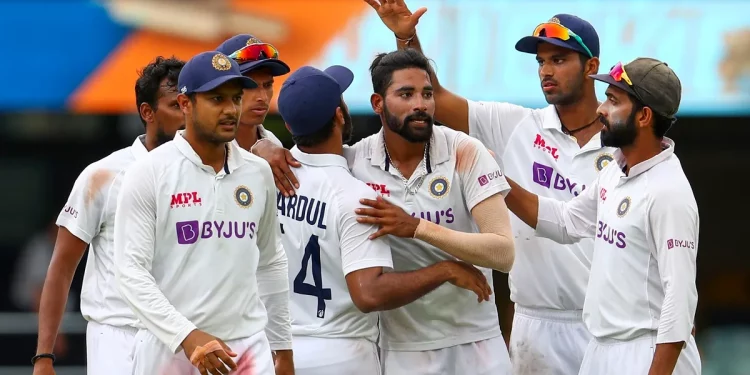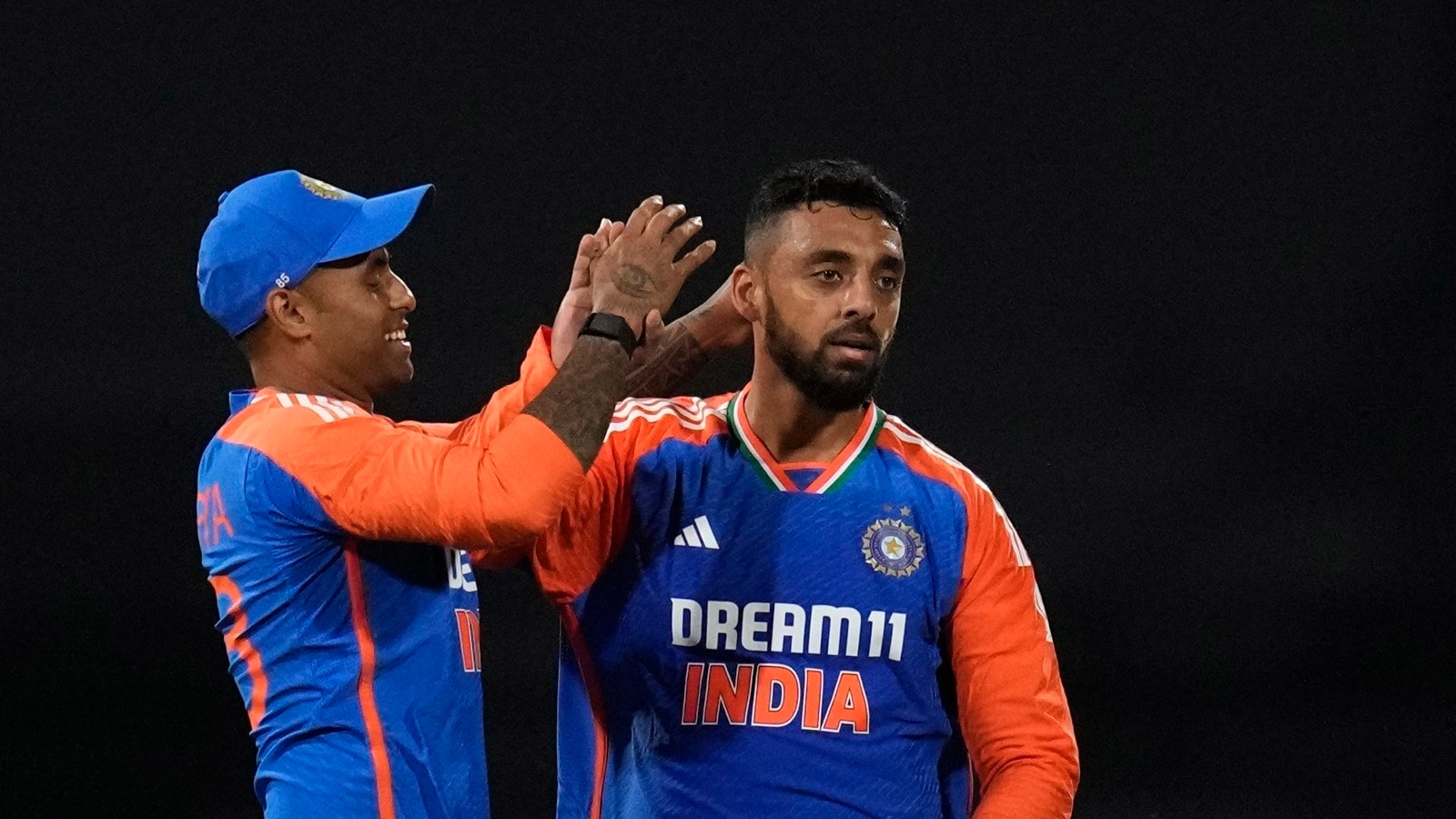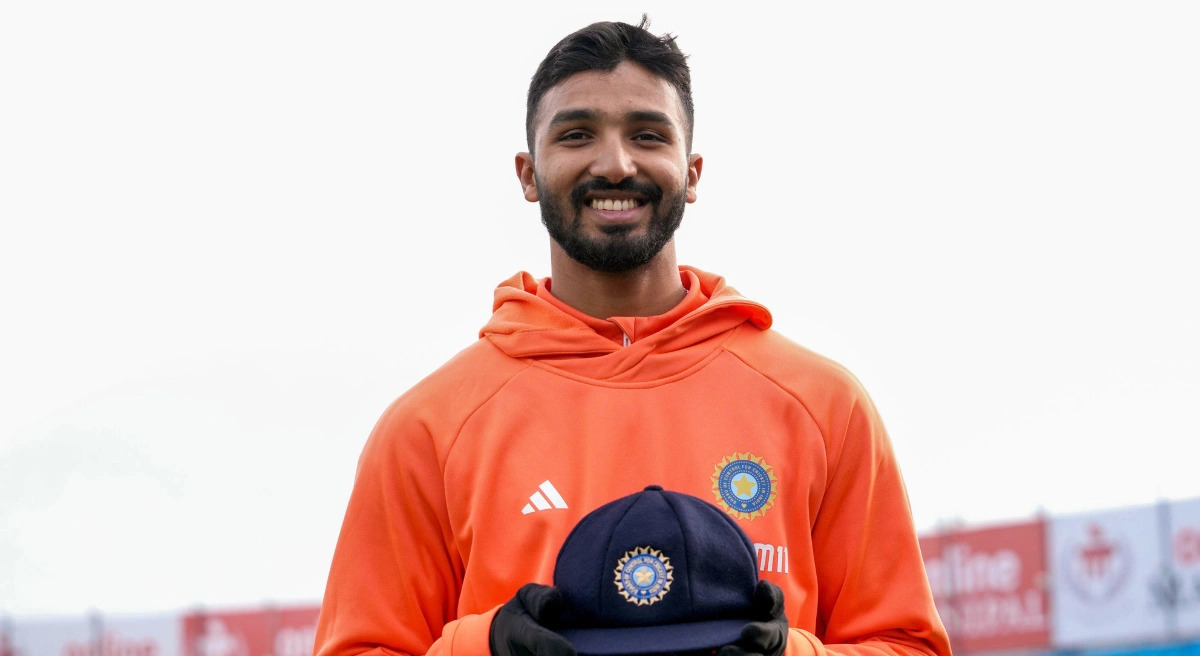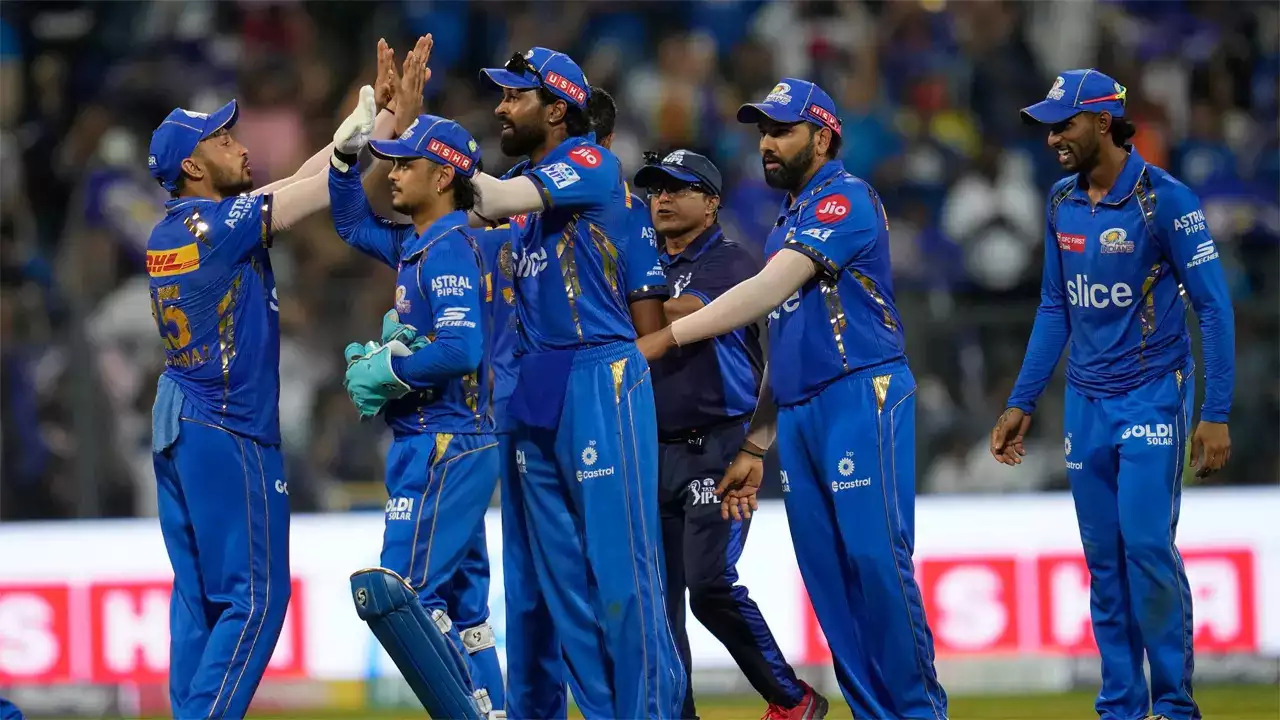As they say, “The best days often follow the darkest nights.” On January 19, 2021, a determined young team from India shocked Australia in their own backyard by winning their second straight Test series down under.
It was a fairytale conclusion to a series that started with India being bowled out for the joint fourth-lowest total in Test cricket history (36). To make matters worse for the visitors, after the humiliating defeat in the opening Test, their captain and best batsman Virat Kohli had to fly home to give birth to his first child.
But without their normal captain, vice-captain Ajinkya Rahane rose to prominence, martialing his soldiers bravely against the fierce Australians who were primed for a 4-0 rout with their experts at their disposal. India leveled the series 1-1 with to a magnificent century from Rahane in the second Test in Melbourne, while in their own backyard, a resilient Ravichandran Ashwin and Hanuma Vihari held off what is likely the greatest bowling attack in the world to record a thrilling draw.
Australia had not lost a Test match in thirty-two years as the action moved to the iconic Gabba in Brisbane for the fourth match. However, India’s lineup lineup took a turn for the worst when all of their top bowlers sustained injuries, leaving Mohammed Siraj—who has played just two Test matches—to spearhead the pace attack. The seamer picked up his first fifer of his career, showing that he was unaffected by the weight of responsibility. India now faced an uphill battle to chase down 328 on the last day in order to breach the Gabba stronghold and secure an unlikely victory.
The bat masterclass between Gill and Pant
In order to make it clear to the opposition that they are here to win, captain Virat Kohli made the decision to chase down 364 on the final day in Adelaide back in 2014. This time, the youthful players Shubman Gill and Rishabh Pant took on the Australian bowlers, displaying some exquisite shots all over the field, with no intention of a draw.
Not every hero sports a cape; others work in the background, unseen by others. On the fifth day of the Gabba Test, Cheteshwar Pujara emerged as the cautious guardian of the Indian batting lineup. Despite suffering multiple body blows from the Australian fast bowlers, Pujara refused to give up his wicket.
The Australian bowling attack was rendered ineffective by Pujara’s lengthy vigil of 56 (211), and they were forced to wait for him to make an error. Tim Paine, the captain of Australia, was hesitant to call Gill back because of his outstanding performance against Mitchell Starc early in the day. However, the opener was removed for 91 (146), denying him a well-earned maiden Test century.
Fort was breached thirty-two years later.
With Gill and Pujara gone, it was Pant’s moment to go all out on Nathan Lyon. He stepped down the track and clobbered him for boundaries, unaffected by the harsh turn on the Day 5 pitch. India was getting close to a miracle thanks to some assistance from Washinton Sundar (22 off 29), who hit Cummins for a brilliant six in the final ten overs to change the tide in their favor.
Pant persisted in attacking even when wickets were falling at the other end, pushing India closer to victory. After finally driving Josh Hazlewood’s low full toss down the ground, the southpaw took over the Gabba stronghold and sent almost a billion fans into a frenzy. By defeating a full-strength Australian squad with a B side, squad India had accomplished the unthinkable.
Despite all the odds against them, they were able to thrive because of their “never say die” mentality. India’s victory in the 2020–21 series is regarded as the biggest comeback in Test cricket history, and the series is considered one of the best ever.
Any Indian team facing overwhelming odds in unfamiliar circumstances will find encouragement from the Gabba victory in the years to come.






 Win Projections to be updated soon
Win Projections to be updated soon

























